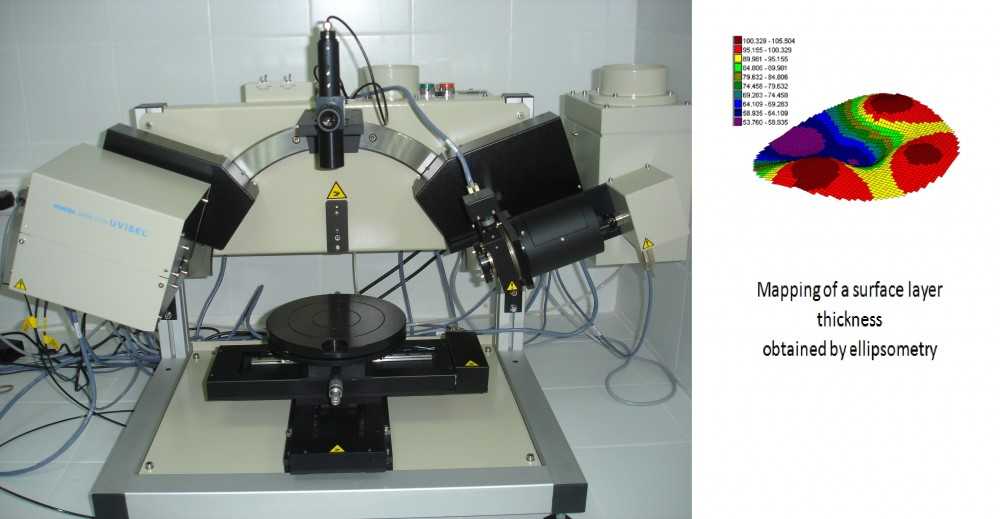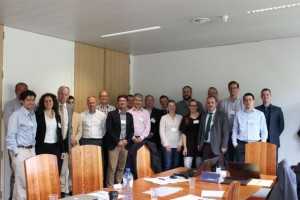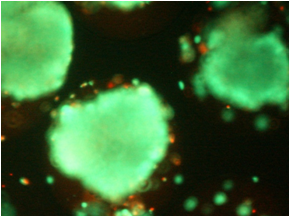A new surface for bone implants that promotes regeneration and reduces the risk of infections in which.
The Phytech project (funded by the Spanish Government through the Call INNPACTO) has recently finished with the participation of CIBER-BBN, through Unit 16 of NANBIOSIS, the University of the Balearic Islands and the companies NuMat Biomedical and Sanifit).
Unit 16 of NANBIOSIS – Surface Characterization and Calorimetry, coordinated by Dr. M. Luisa Gonzalez, has conducted tests of surface composition by surface characterization techniques (XPS and ToF-SIMS) as well as the analysis microbial response of the raised surfaces in this development
The results of this project have been published in the journal Applied Materials & Interfaces of the American Chemical Society.
For further information clic here











